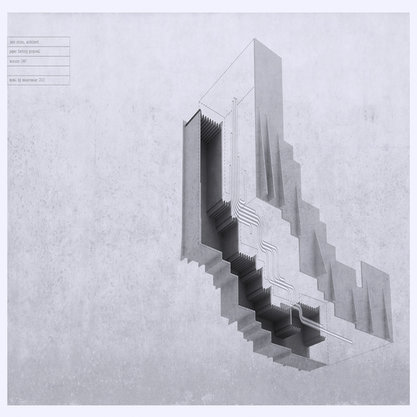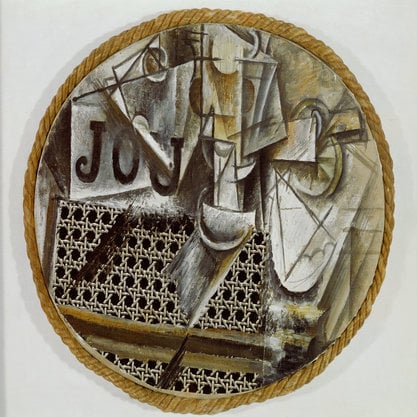Article
Nseir, Leila (1941--) By Lenssen, Anneka
Article
Leila Nseir was one of the first women artists in Syria to achieve institutional recognition during the national art movement. In 1961 she traveled to Cairo to study oil painting at the Faculty of Fine Arts alongside other Syrian, Egyptian, and Arab students. The Cairo academic study structure emphasized technical skill and the observation of social and labor realities, which was crucial in defining the artistic values of her generation of politically aware artists. Upon returning to Cairo, Nseir worked as an art educator while also regularly exhibiting in national exhibitions. In the 1960s, her paintings explored themes of oppression and imperialist aggression. Active in the Syndicate of Fine Artists in the 1970s, she contributed to conferences and pan-Arab art exhibitions, and participated in sketching tours at refugee camps and fedayeen training programs. She began to develop a post-Cubistic style of simplified ink drawing. In later decades, Nseir primarily focused on representations of the female subject. Often working with acrylic colors and resist techniques, she painted arrays of stacked figures exhibiting signs of emotional and physical distress.


